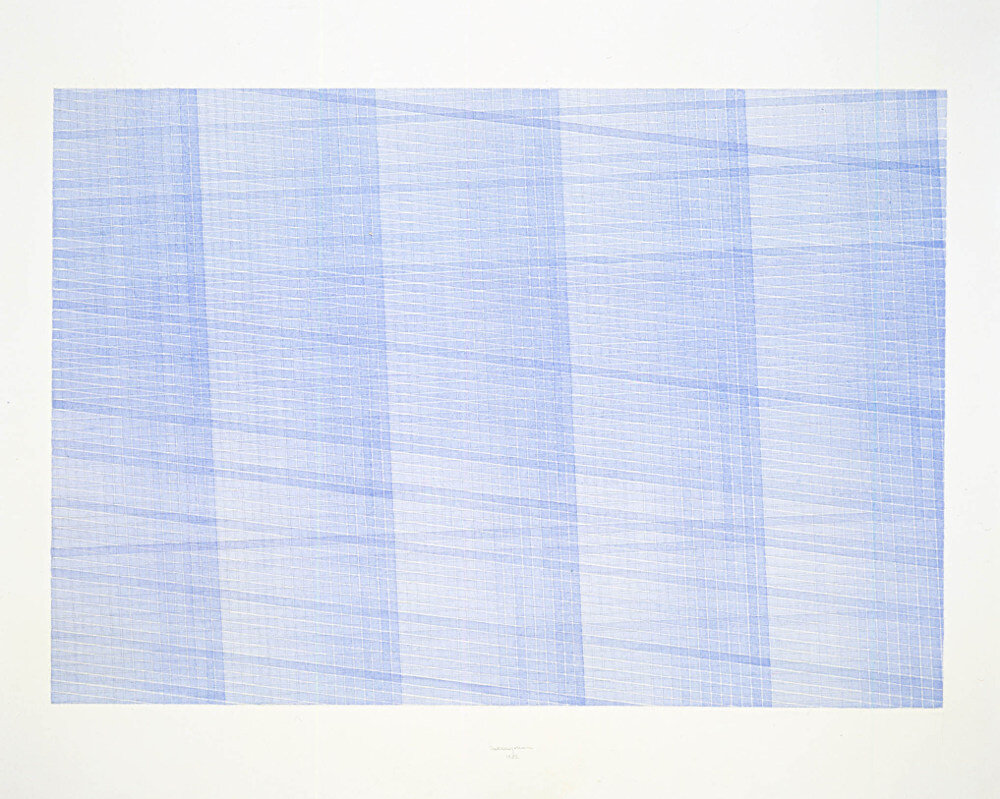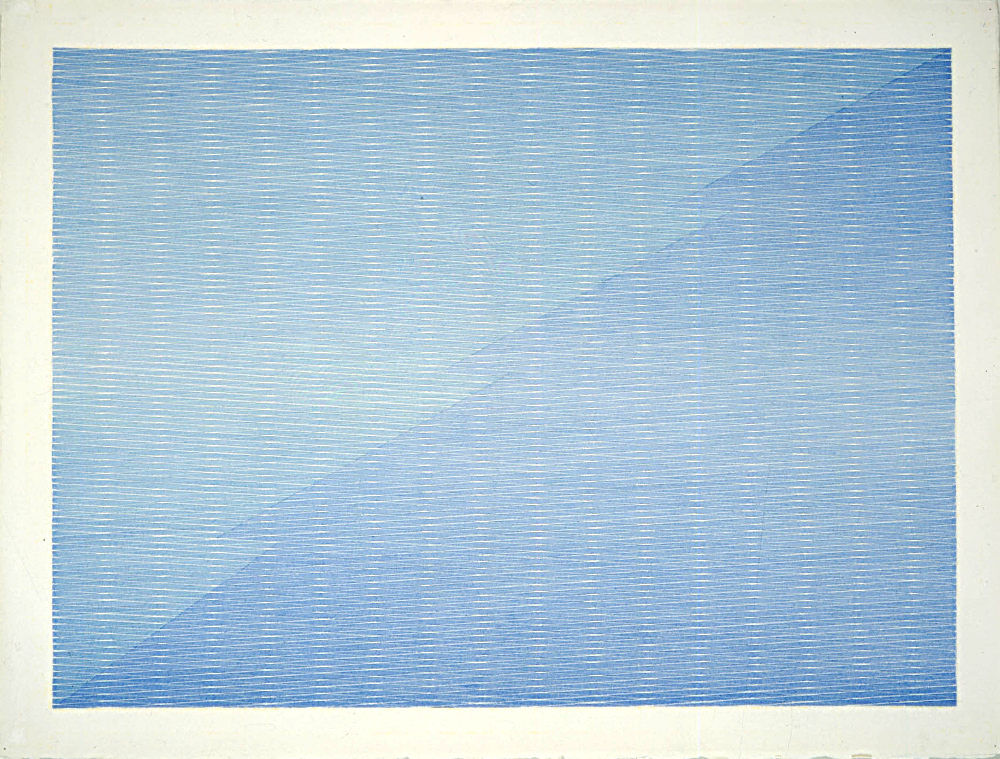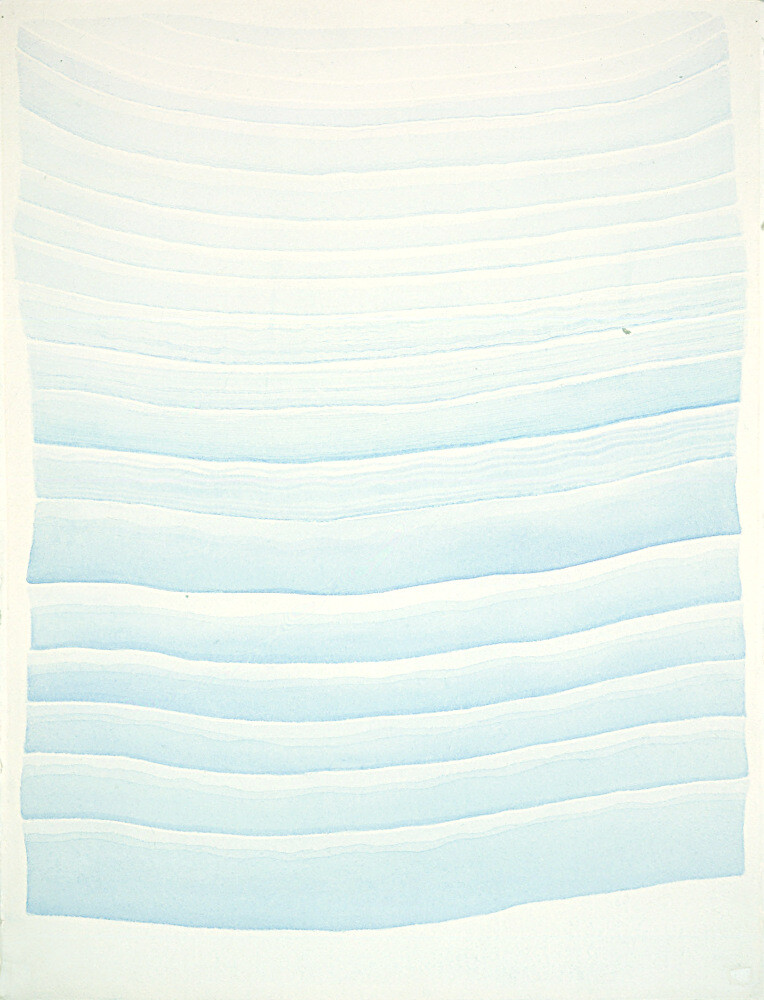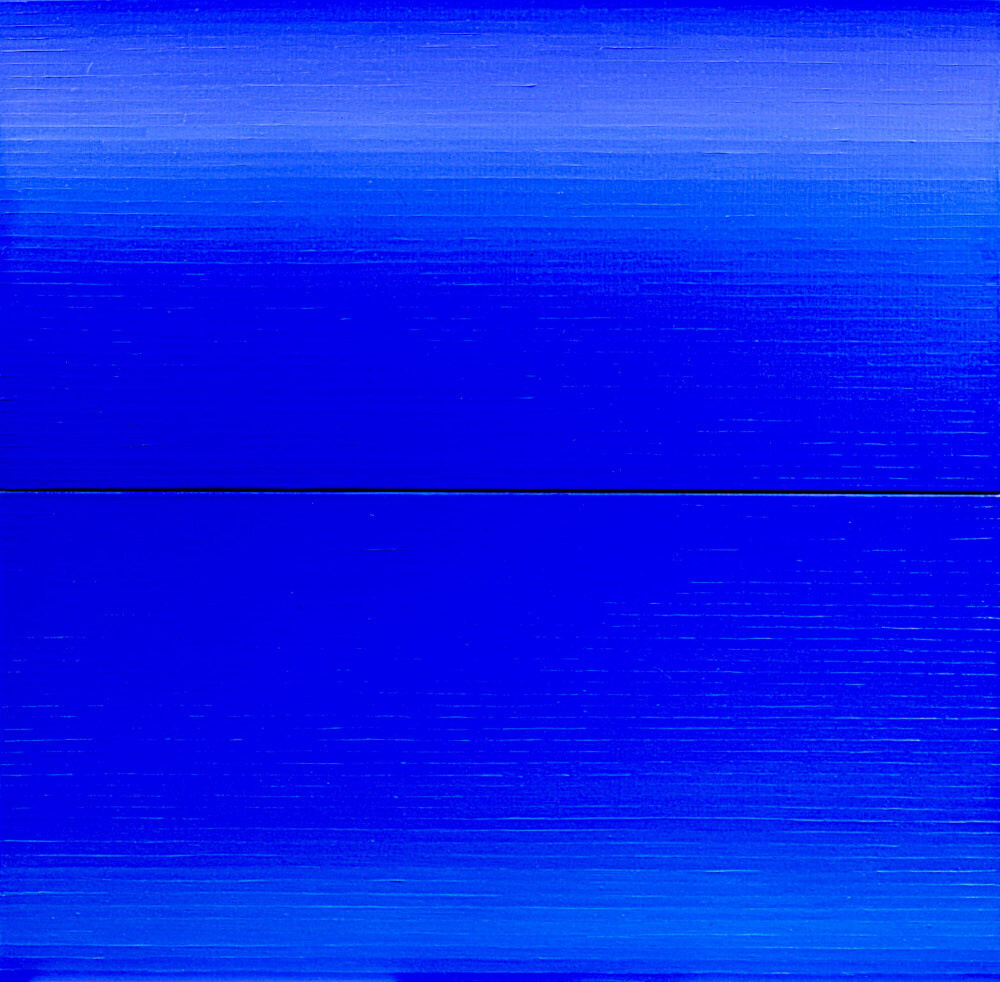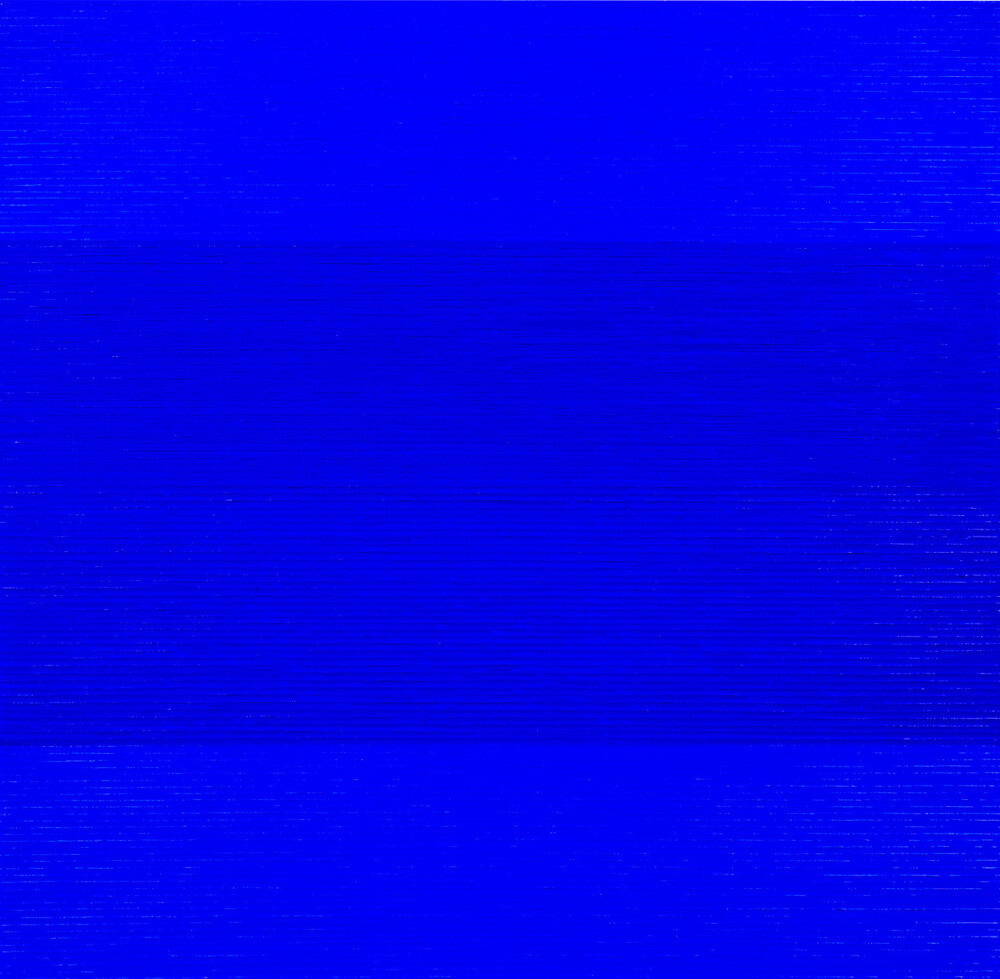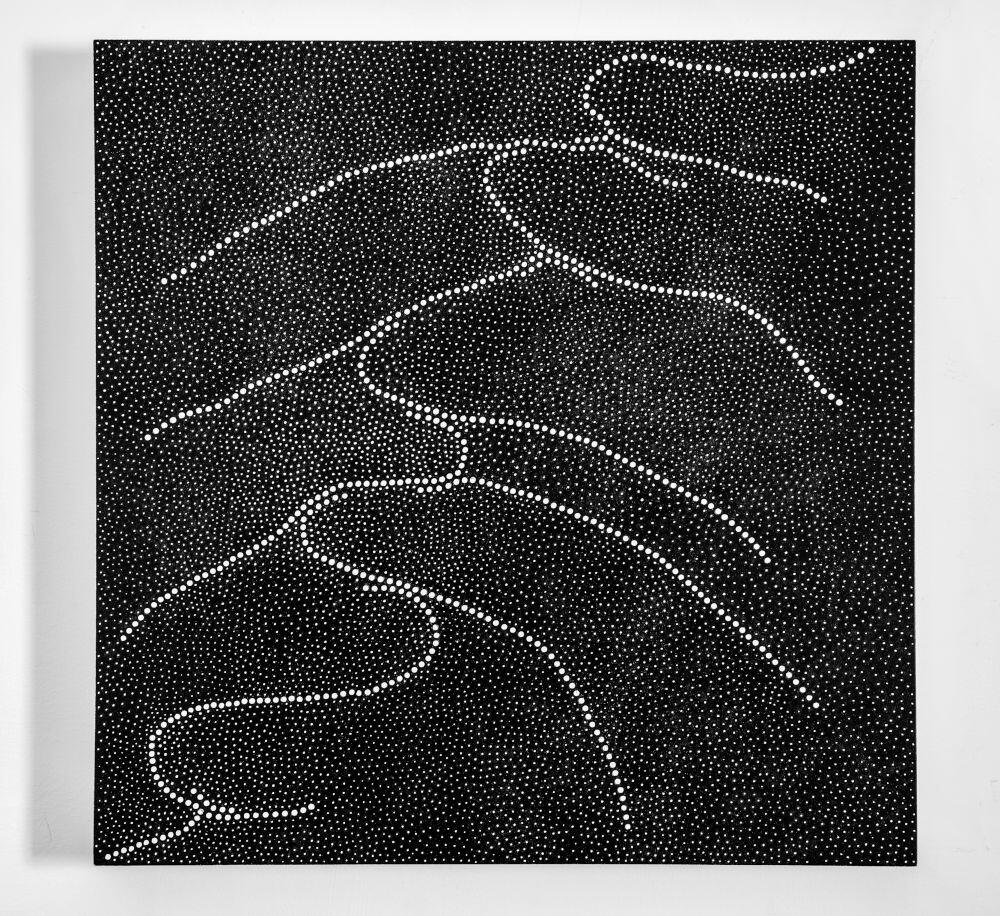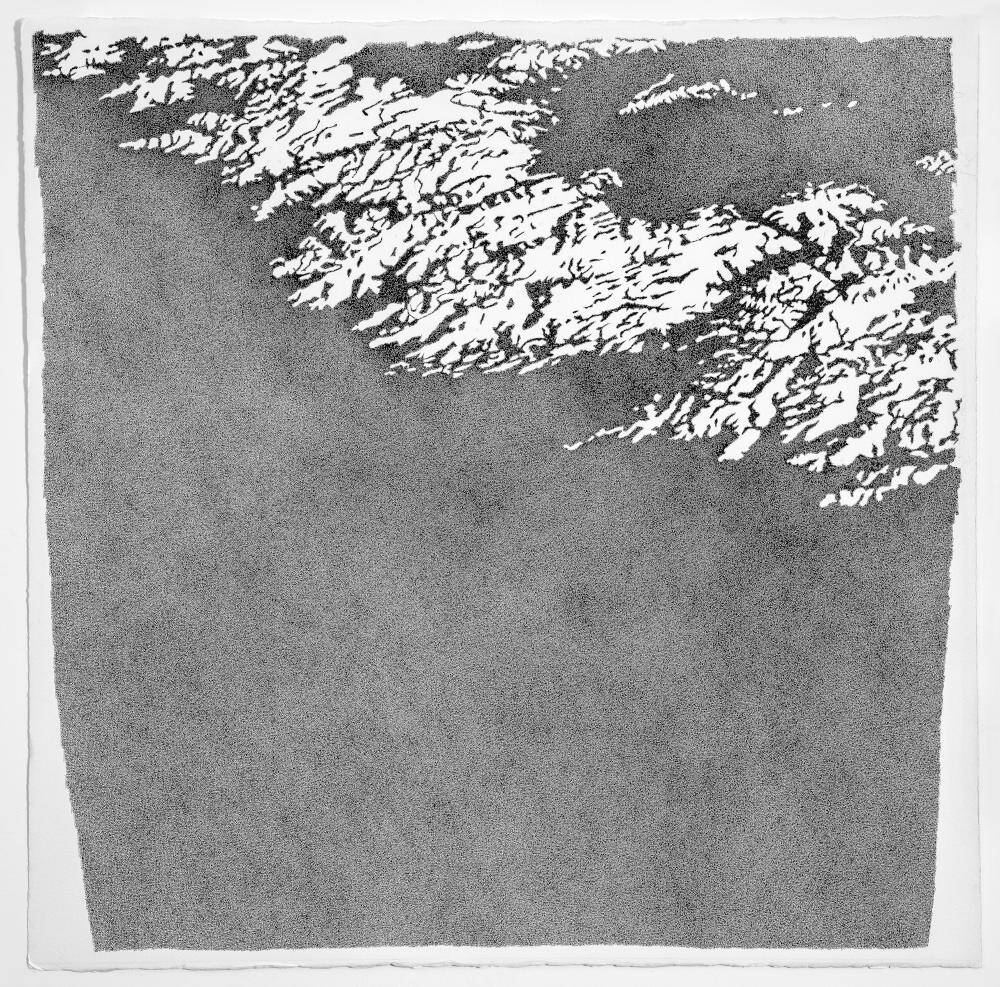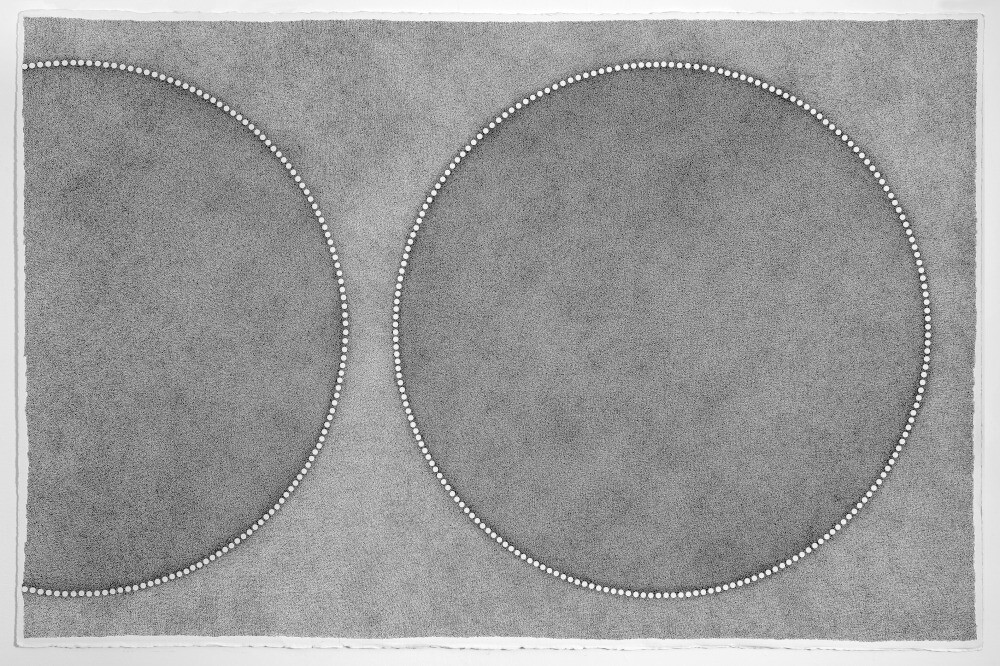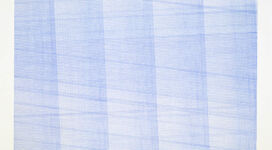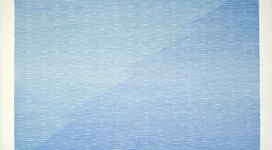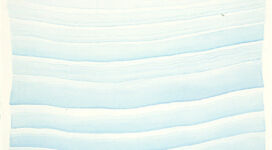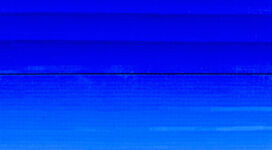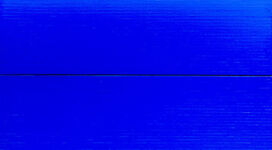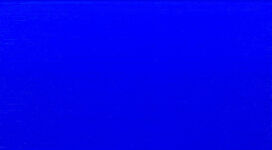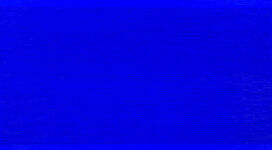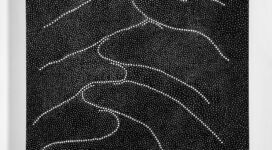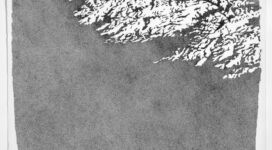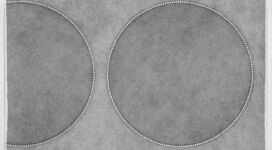| GIULIA NAPOLEONE | Exhibition 2020 | |
| Exhibition 2002 | ||
| Catalogs |
Giulia Napoleone was born in Pescara in 1936. She lives and works in a small village in Tuscia Viterbese, alternating with frequent stays in Switzerland.
After finishing teacher training school in 1954, she approached drawing with sculptor Ferdinando Gammelli. In the early 1950s, her interest in painting was accompanied by a love for music, which she cultivated by learning to play the violin, and photography. In 1957 she moved to Rome, where she would live at length, and she finished art school. In the same year, she enrolled at the Academy of Fine Arts in Rome and started to try out engraving techniques, followed by maestros Lino Bianchi Barriviera and Mino Maccari. In Rome she frequented lively artistic and literary circles (Flaiano, Carlo Levi and Mazzacurati) and she often moved from the capital to travel abroad: to Australia, North Africa, southern France, Holland and Scandinavia.
In 1963 she held her first solo exhibition at Galleria Numero in Florence with a selection of drawings that gave shape to unprecedented visual stimulations aimed at investigating her dearest topics of research: marks and light. The central topic of this period was her “search for light” which did not become a pure geometric effect, the repetition of unvaried and constant shapes, but the search for a natural becoming.
In 1965 she began to frequent the Sala Studio della Calcografia Nazionale in Rome, opened to artists by then director Maurizio Calvesi. In 1967, the Dutch government granted her a scholarship which enabled her to specialize in engraving at the Rijkmuseum in Amsterdam. The artist discovered paper to be her favourite medium, intervening on it with ink, watercolours and pastel.
In the early 1970s, she returned to Holland, travelled around Britain and experimented the use of sicoglass, a durable and transparent plastic. In parallel, she taught at the Academy of Fine Arts in L’Aquila. After solo exhibitions at Galleria dell’Obelisco in Rome (1973) and Galleria Menghelli in Florence (1974) where she displayed works in sicoglass, drawings and engravings, she went back to study at the Calcografia Nazionale: the artist, who had originally etched and used aquatint, started to work with a burin and punch. In 1976, she went on a trip to the United States and Canada for the inauguration of a solo show in Toronto; upon returning to Italy, she began a cycle of pastel drawings entitled Labirinto della Memoria. She attended a course on wood engraving in Urbino, and then courses on calcography with Renato Bruscaglia, which introduced her to using mezzotint. In this period, Giulia Napoleone frequented Galleria dell’Arco, directed by Giuseppe Appella, and took part in intense exchanges between artists, poets and literati, establishing a relationship with the world of ancient and contemporary poetry. From Lucretius to Mallarmé, Baudelaire to Sbarbaro, it gave rise to a series of engraving portfolios and art books: “emotional journeys that sometimes resemble a linear stenography, on the verge of writing”. In particular, with Vanni Scheiwiller she and Appella made a book entitled Non vedo quasi nulla (1978) with four engravings and two poems by André du Bouchet. The work, on display at the Centre Georges Pompidou in Paris on occasion of an exhibition on Italian poetry published by Scheiwiller, would mark the start of an intense partnership with the Milanese publishers.
In 1980 she made a series of watercolours all linked by the colour azure. During the 1980s, she created works that furthered her investigation into light and colour, which would be displayed in Rome at Galleria Il Segno (1980) and Galleria Il Millennio (1983). Furthermore, in 1983, an important anthological collection of the artist’s graphic work was displayed at the public library in Palazzo Sormani in Milan, accompanied by a volume published by Vanni Scheiwiller, with a text by Carlo Bertelli. In 1986 she took part with three large watercolours in the XI Quadriennale Nazionale d’Arte in Rome (where she would again be invited in 1999).
From 1987 to 1991 she made a set of Indian ink drawings which stood out thanks to the irregular shapes of the compositions, communicating a Pan-like feeling of nature. In 1992 she worked on a series of watercolours linked to the theme of water. Following this, the topic of light returned to her drawings. No longer solar or physical, it was instead meant as pure energy which expands in multiple directions. This gave rise to her decision to concentrate on black and white, conceived of as colour and light, using minimal means for maximum intensity.
In the 1990s, she continued to make and display engravings and pastel, Indian ink and coloured pencil drawings, in particular, for the retrospectives at Le Locle in Switzerland (1990), Rome (1992) and Bologna (1995). In 1996 she exhibited a group of pastels and 23 brand new watercolours at Galleria Il Ponte in Florence in the exhibition La percezione della luce come emozione. In 1997 the Istituto Nazionale per la Grafica dedicated a solo show to her that gathered together a large part of her graphic production, and bought up a large amount of her works.
In 2001, following a donation from the artist, the Fondo Giulia Napoleone was set up at the Museo Villa del Cedri in Bellinzona. This would be followed in 2010 by a donation of engravings and Indian ink drawings to the Gabinetto Disegni e Stampe degli Uffizi in Florence: works documenting the different phases in the development of her oeuvre between 1963 and 2003, a selection of which are presented in this exhibition.
In 2002, in her second exhibition at Galleria Il Ponte, she presented a set of oil paintings on canvas entitled Mutano i cieli.
From 2003 to 2009 she lived in Syria where she taught at the Private University of Science and Arts in Aleppo.
Despite her teaching activities abroad, Giulia Napoleone took part in numerous exhibitions in Italy and Europe: in Rome at the Istituto Nazionale per la Grafica (2007), at the Associazione Mara Coccia (2007), at the Accademia di San Luca (2008); at Palazzo Magnani in Reggio Emilia (2014) and at the Museo Villa dei Cedri in Bellinzona, Switzerland (2007, 2009, 2015). Again in Switzerland, in 2011 the Galleria Stellanove in Mendrisio hosted an exhibition of Indian ink drawings and an artist’s book edited by Josef Weiss which marked the start of important publishing ties with the artist. In 2014 the same gallery exhibited some pastels by the artist together with a book of poems by Alberto Nessi with her engravings (published by Il Bulino) and the reproduction of the manuscript Tempi innocenti from 1980 accompanied by poetic compositions by various authors (published by Pagine d’Arte), while Josef Weiss’ Atelier presented a selection of artist’s books and the volume Nero with verses by Lucretius and original Indian ink drawings. In 2016 the Museo delle Genti d’Abruzzo in Pescara dedicated a room to her on occasion of the group exhibition Percorsi d’Arte Contemporanea. 15 Sale per 15 Artisti. Recently, in 2017, she proposed a series of oil paintings at Galleria Contact in Rome (Edizioni Kappabit) and the inauguration was accompanied by an improvised performance by the solo voice Ludovica Manzo. The Spazio Polivalente Arte e Valori in Giubiasco in Switzerland hosted a solo show of the artist’s pastels on paper, followed by an exhibition of oil paintings curated by Loredana Müller, at Areapangeart in Camorino, presented by Maria Will, with musical performances by Walter Fähndrich for the whole duration of the exhibition. Again in 2017, a show of her artist’s books and engravings, curated by Alessandro Soldini, was held at the Biblioteca Salita dei Frati in Lugano, and the Calcografia Nazionale in Rome held an anthological exhibition of her manuscript books from 1963 to 2017. In 2018, the Galleria Nazionale d’Arte Moderna in Rome retraced Giulia Napoleone’s artistic career with an anthological exhibition curated by Giuseppe Appella. The works on display numbered 104 (paintings, sculptures, drawings, engravings and artist’s books dated 1956-2018) and were selected to highlight the birth and developments of a precise formal language: of inner landscapes, landscapes “of dots” as she herself describes them, that research into semantic complexity which dominated the intellectual and art scene in the 1960s, when the artist made with her very personal, poetry-mediated reading of reality. In 2020, Galleria Il Ponte in Florence is presenting nero di china, an exhibition curated by Bruno Corà and accompanied by a volume that retraces her work with Indian ink since the mid-1950s.
She has received numerous awards during her career and has been a National Academic at San Luca since 2007.
